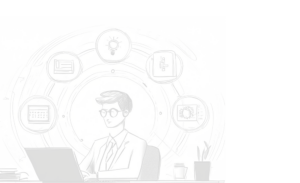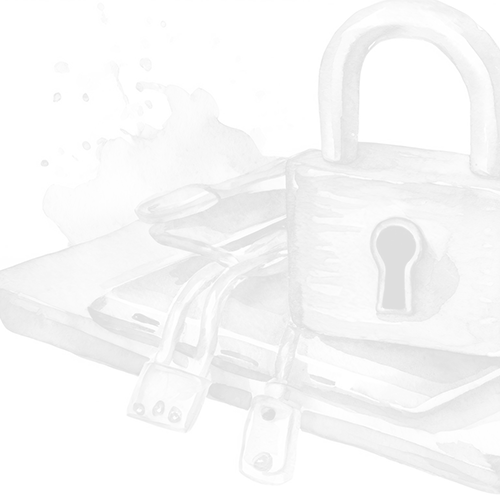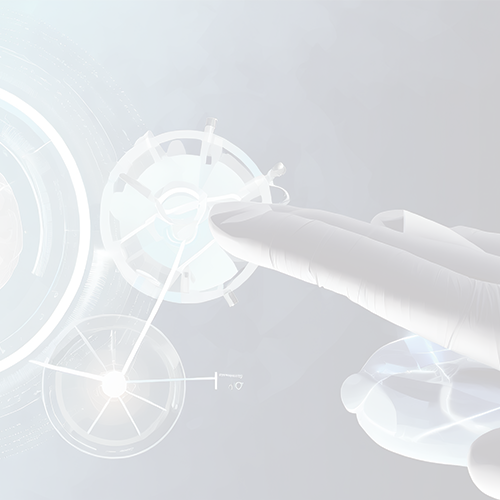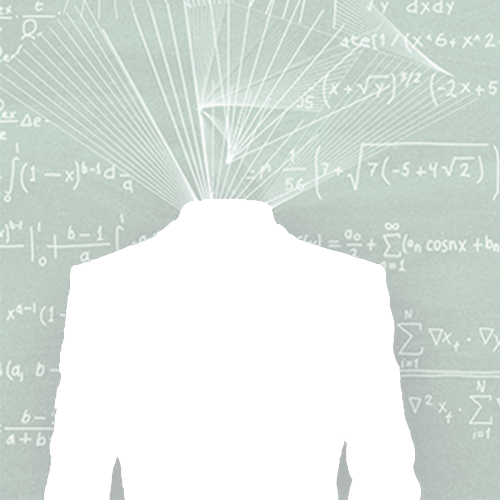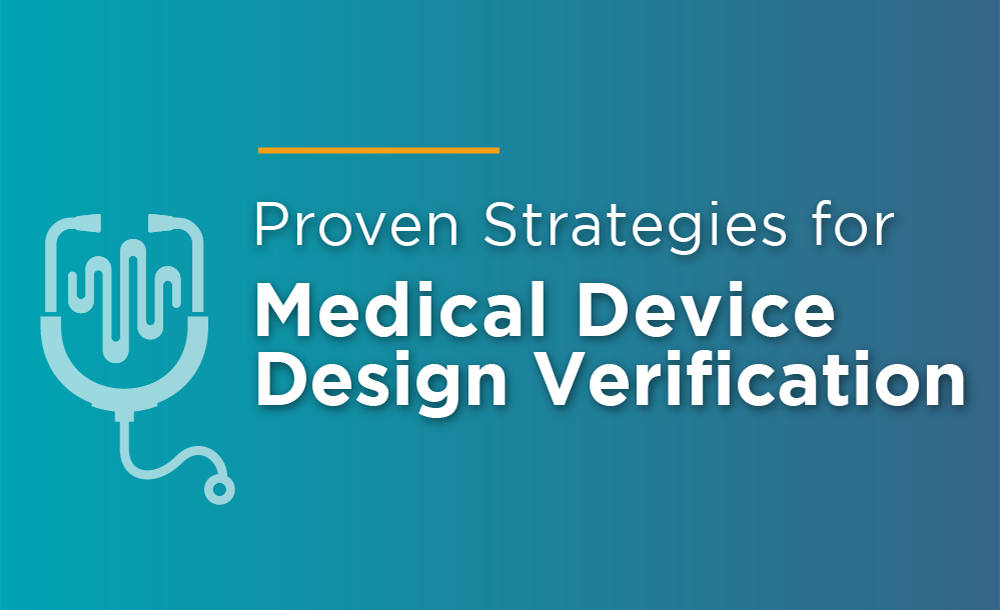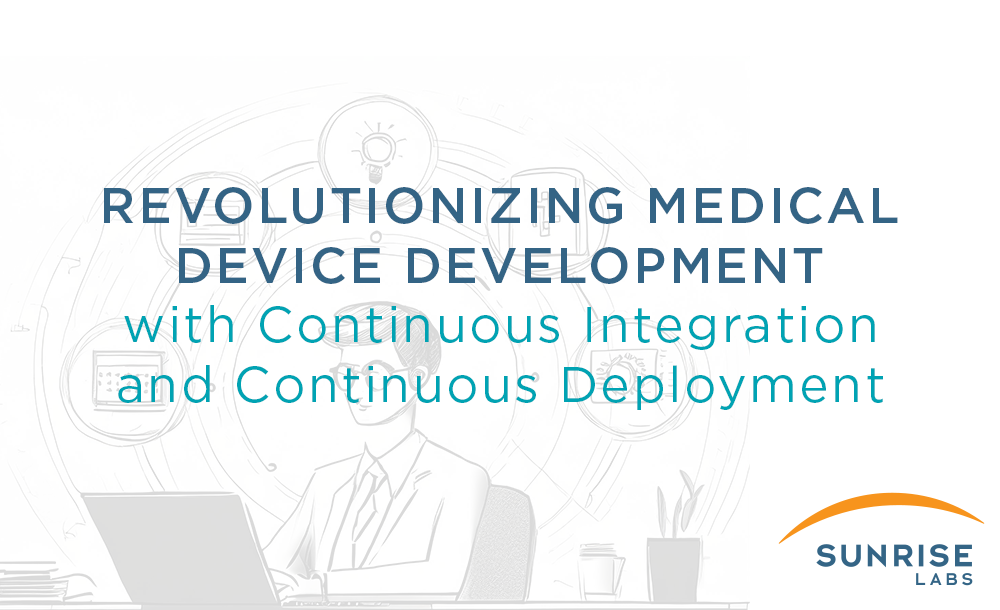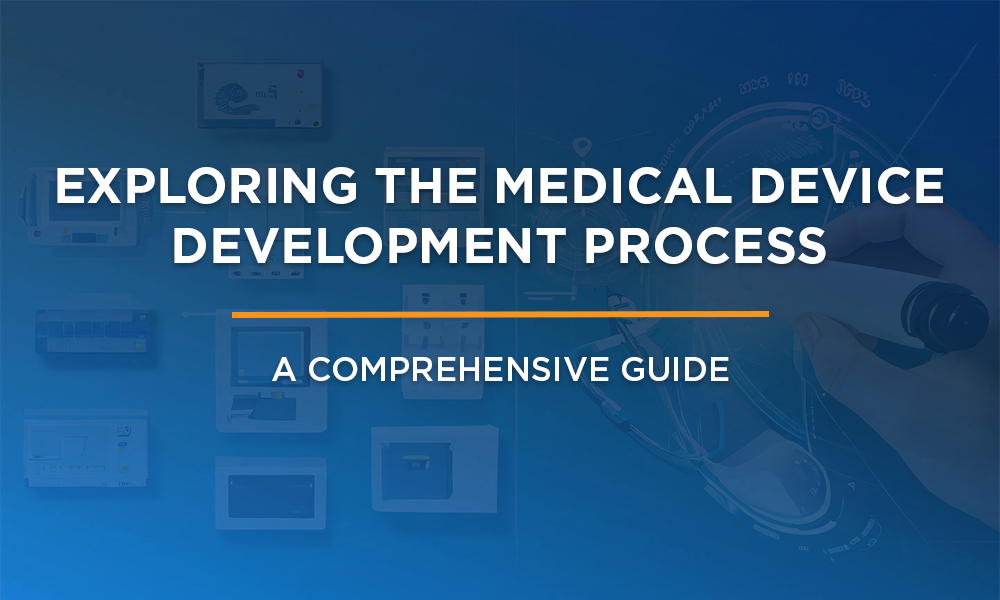Design verification is an important part of medical device quality assurance.
Design Verification of Medical Devices can be overwhelming. One of the simplest, most effective techniques when conducting verification testing for medical devices is just to have someone else check your work. This strategy is in fact so successful that you can make a whole career out of it. This is my specialty, Medical Device Design Verification and I am grateful for the opportunity to lead a whole team of rather unique individuals at Sunrise Labs who do this work too. This discipline has a lot of variations and many different names of varying degrees of accuracy and precision, e.g. Quality, QA, SQA, Test Engineering, SW Test, V&V, Verification, etc. But at Sunrise we call it Design Verification (DV).
You can be forgiven for thinking of us as “Test” and that our job starts when development finishes. But having DV working alongside the developers from the beginning produces better results. Being that second set of eyes for Software Development, Electrical Engineering, Mechanical Engineering, and Systems Engineering while they are doing what they do helps them do it better. But we do more than just look because when designers are working on a problem, they can get tunnel vision – it’s just human nature. And we help them keep a broader view.
We are there to maintain a bigger perspective, to remember what it originally was that the team set out to do, and what we promised the customer. Just as much it is our job to remember the doctors, patients, and others who will use these devices… their safety is our primary concern.
But we are also trying to find any snags or defects well ahead of release. Catching design flaws late is more expensive to fix and delays can derail a project. During medical device development and while the developers are trying to work out how to make the devices work, we’re trying to work out how to prove that it works. Can it be tested? Can it be measured in some way? Can I try to damage it or try to divert it? While they’re trying to get it to work, we’re trying to get proof that it works (and/or breaks “properly”).
DV has two main functions; first, to repeatedly demonstrate (and document) the safety of our medical devices. And second, making sure that the devices really do meet the requirements and more than meet the document’s agreed-upon requirements but actually work the way they’re supposed to work in a consistent and effective manner.
Key Activities When Verification Testing for Medical Devices:
- Design Reviews
- Requirement Analysis/Feedback/Tracing
- Bug fix verification
- Testing (ad hoc and formal)
- Risk Management / Risk Control / Risk Reduction
And when we’re done, what we have is a dossier of credible evidence ready to put in front of the client, the FDA, and ultimately the end-users; evidence of a safe and effective medical device.
The culture at Sunrise is a culture of trust and respect. And in this environment, my team and I point out potential problems, ask difficult questions, and sometimes just break stuff. We do this without being adversaries, without systemic conflict, and our colleagues value our work and our skills. A culture of respect is a culture tolerant of dissent. It’s a culture of safety. Our patients deserve as much, and that’s why we place such a high priority on quality assurance when designing and developing new medical devices.
The Importance of Medical Device Quality Assurance
Medical device quality assurance is an essential aspect of the healthcare industry that ensures the safety and effectiveness of medical devices. It involves a set of procedures and guidelines that manufacturers and healthcare providers must follow to ensure that their devices meet high-quality standards. Quality assurance ensures that devices are tested, verified, and validated to meet regulatory requirements, performance expectations, and patient safety. Without quality assurance, there would be no way to guarantee that medical devices are safe to use, accurate in their measurements, and capable of fulfilling their intended purposes. Therefore, it is imperative to have a solid quality assurance process in place to guarantee that medical devices are safe, reliable, and meet high-quality standards. And at Sunrise Labs, we take our process seriously and have been fine-tuning it for several decades.
Get in touch with us to learn more about our range of services for medical device quality assurance and to discuss our process of verification testing for medical devices.
FAQ’s
1. What is Medical Device Design Verification (DV)?
We define Design Verification (DV) as a systematic process to confirm that a medical device performs exactly as intended. Our DV specialists meticulously examine the device throughout the development cycle, ensuring it adheres to its design specifications and delivers the promised functionality.
2. Why is a separate DV team beneficial?
Having a dedicated DV team provides a fresh perspective on the development process. We act as a critical second set of eyes, identifying potential issues early on. This proactive approach saves time and resources by preventing costly fixes later in the development cycle. Furthermore, our DV team helps maintain a broader view, ensuring the device meets not just the technical requirements but also the needs of users and regulatory bodies.
3. What are some key activities involved in DV testing?
Our DV process involves a comprehensive range of activities. We conduct thorough design reviews, meticulously analyze and provide feedback on requirements, and verify that bug fixes function as intended. Additionally, we perform various types of testing, both informal and formal, to assess the device’s performance under diverse conditions. Finally, risk management is a cornerstone of our DV process. We proactively identify and mitigate potential risks throughout the development lifecycle.
4. What is the ultimate objective of DV?
The primary goal of DV is to establish a robust and well-documented record that demonstrably proves the safety and effectiveness of the medical device. This comprehensive evidence package is essential for regulatory approval and ultimately safeguards the well-being of patients who rely on the device.
5. How does Sunrise Labs cultivate a successful environment for DV?
At Sunrise Labs, we foster a collaborative culture built on trust and respect. Our DV team is encouraged to voice concerns, ask challenging questions, and even intentionally test for potential device failures. This open and transparent environment eliminates an adversarial approach and allows for a more thorough and effective DV process. It’s a culture of safety, because after all, that’s what matters most for patients.
About Sunrise Labs:
Founded in 1992 to produce robust, reliable, cost-effective medical designs, Sunrise Labs turns ideas into commercial medical device solutions. Today clients leverage the extensive knowledge of our 100+ in-house employees to solve their design challenges.
